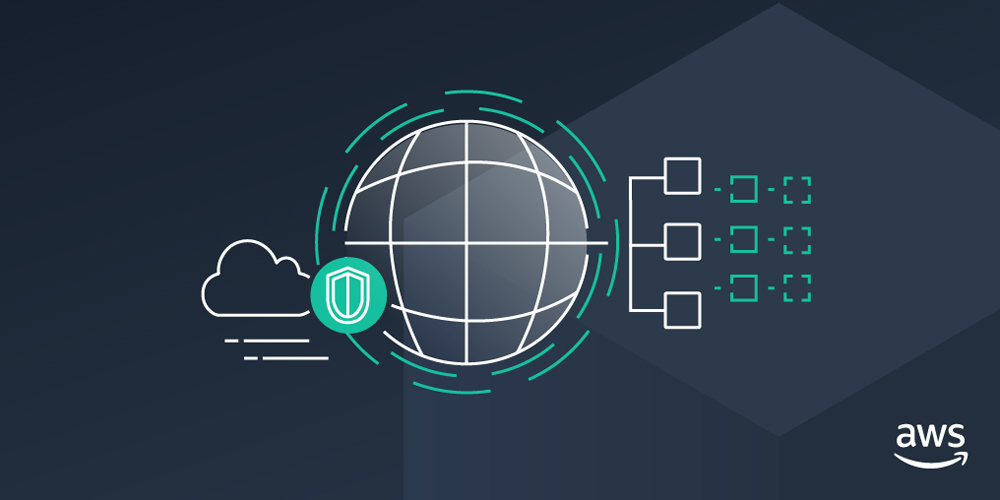Simplifying AWS Firewall Manager: A Beginner's Guide with Examples
 Sumit Mondal
Sumit Mondal
Introduction:
Navigating through the complexities of cloud security can be a daunting task, but with tools like AWS Firewall Manager, you can efficiently manage your security policies and protect your AWS resources. In this blog post, we will explore the basics of AWS Firewall Manager in a simple and easy-to-understand manner, accompanied by practical examples to help you get started.
Understanding AWS Firewall Manager:
AWS Firewall Manager is a centralized security management service that allows you to configure and manage firewall rules across your AWS accounts and applications. It simplifies the process of enforcing security policies and ensures consistent protection across your entire AWS infrastructure.
Setting Up AWS Firewall Manager:
Access AWS Firewall Manager: Log in to your AWS Management Console and navigate to the AWS Firewall Manager service.
Create a Security Policy: Start by creating a security policy that defines the rules for your applications. This policy acts as a blueprint for the security settings you want to enforce across your resources.
{ "Name": "MySecurityPolicy", "SecurityServicePolicy": { "Type": "WAF", "ManagedServiceData": "aws-managed-gaming" } }In this example, we're creating a security policy named "MySecurityPolicy" with a focus on AWS Managed WAF rules for gaming applications.
Define Security Groups and Rules: AWS Firewall Manager allows you to associate security groups and rules with your security policy. Let's create a simple example for a web application:
{ "WebAppSecurityGroup": { "Type": "RESOURCE_GROUP", "ResourceGroup": { "ResourceType": "AWS::EC2::SecurityGroup", "ResourceIdentifiers": [ "sg-0123456789abcdef0", "sg-0123456789abcdef1" ] } }, "WebAppCommonRule": { "Type": "WAF_RULE", "Priority": 1, "RuleAction": "BLOCK", "RuleDefinition": { "Name": "CommonRule", "MatchAttributes": { "FieldToMatch": { "URI": {} } } } } }Here, we associate a security group and a WAF rule with our security policy. The WAF rule, named "CommonRule," blocks requests with specific URI patterns.
Apply the Security Policy: Once your security policy is defined, apply it to the desired AWS accounts and resources. AWS Firewall Manager ensures that the specified rules are consistently enforced.
Practical Example:
Let's say you have a multi-tier web application with instances in different AWS accounts. By creating a security policy in AWS Firewall Manager, you can easily manage the security settings for all related resources, ensuring a uniform level of protection.
Conclusion:
AWS Firewall Manager simplifies the process of managing security policies across your AWS infrastructure. By creating security policies, associating them with resources, and consistently enforcing rules, you can enhance the security of your applications with ease. This beginner's guide, coupled with practical examples, should help you embark on your journey with AWS Firewall Manager confidently.
Subscribe to my newsletter
Read articles from Sumit Mondal directly inside your inbox. Subscribe to the newsletter, and don't miss out.
Written by

Sumit Mondal
Sumit Mondal
Hello Hashnode Community! I'm Sumit Mondal, your friendly neighborhood DevOps Engineer on a mission to elevate the world of software development and operations! Join me on Hashnode, and let's code, deploy, and innovate our way to success! Together, we'll shape the future of DevOps one commit at a time. #DevOps #Automation #ContinuousDelivery #HashnodeHero